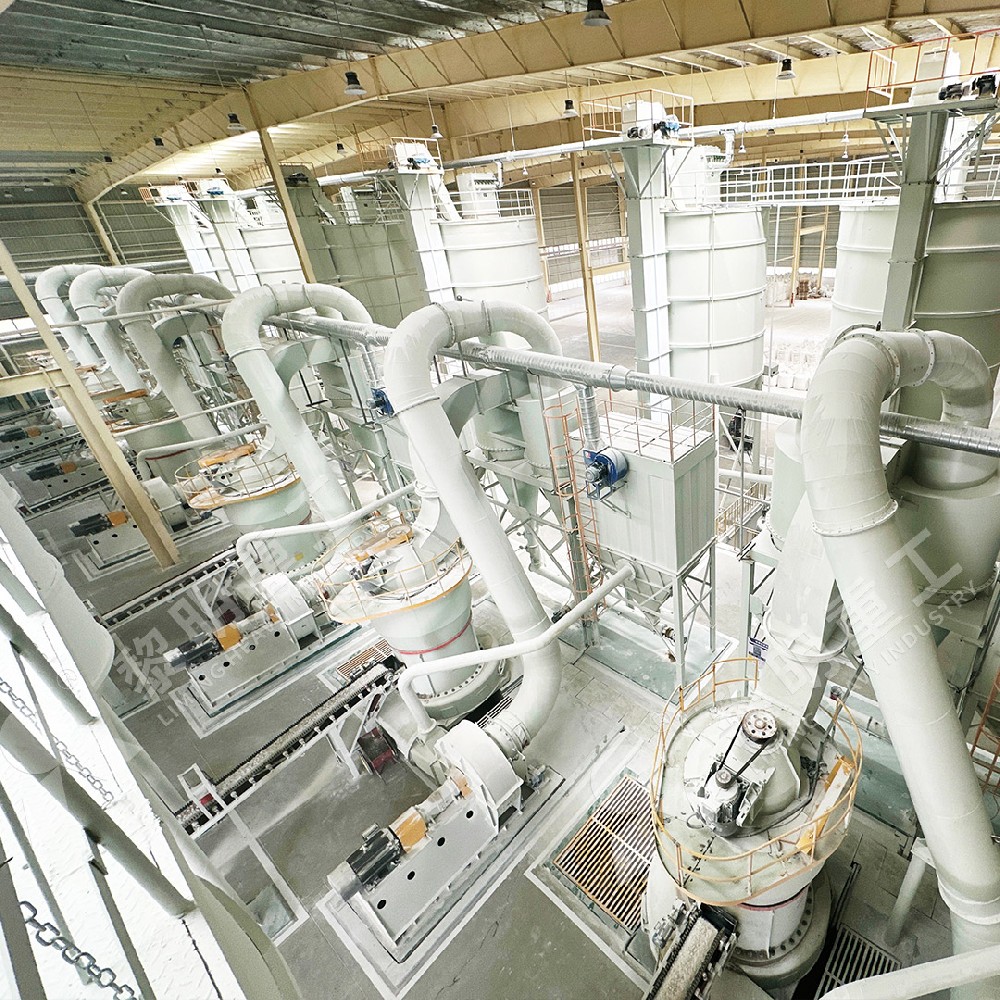A Buyer's Guide and Future Trends for Raymond Mills in Pakistan
Selecting the right 325-mesh Raymond Mill is crucial for maximizing productivity and profitability in the competitive Pakistani market. A well-informed decision requires a careful evaluation of specific needs and an understanding of the technological trends shaping the future of grinding technology.
When considering a purchase, the first step is a thorough analysis of the raw material. Its hardness (Mohs scale), moisture content, and abrasiveness will dictate the required mill specifications and the grade of wear-resistant materials for the rollers and ring. Secondly, the required hourly production capacity must be clearly defined to select a model that matches business goals without being over- or under-sized. Beyond the machine itself, the reputation of the manufacturer and the availability of after-sales service in Pakistan are paramount. A reliable supplier will offer comprehensive technical support, training for local operators, and a readily available inventory of spare parts to minimize costly downtime.

Looking ahead, the future of Raymond Mills in Pakistan is intelligent and eco-friendly. The next generation of mills is increasingly integrated with Industrial Internet of Things (IIoT) systems. These allow for remote monitoring of operational parameters like pressure, temperature, and vibration, enabling predictive maintenance before a breakdown occurs. Furthermore, the focus on environmental sustainability is driving the adoption of advanced pulse-jet dust collectors that ensure emissions are well below national standards, making the mills not only productive but also environmentally responsible. For a forward-thinking Pakistani business, investing in a mill with these modern features means securing a competitive advantage for years to come.
FAQ
What key factors should I consider before purchasing a Raymond Mill?
Key factors include: material characteristics (hardness, moisture, size), required production capacity, desired fineness, available factory space, power supply, and the supplier's after-sales service network.What is the difference between a Chinese-made mill and a European-made one?
Chinese mills often offer a competitive price and are well-suited for standard applications. European brands may command a higher initial price but are often associated with advanced technology, high precision, and premium energy efficiency. The choice depends on budget and specific technical requirements.Is automation available for these mills?
Yes, modern Raymond Mills can be equipped with PLC (Programmable Logic Controller) systems for automated start-up, shutdown, and continuous monitoring, reducing manual labor and improving consistency.What are the environmental protections for a Raymond Mill?
The mill is equipped with an efficient dust collection system, typically a baghouse filter or pulse-jet dust collector, which captures over 99.9% of the dust, ensuring clean and environmentally compliant operation.Can the mill be customized for a specific material?
Reputable manufacturers often offer customization options, including different configurations for the grinding roller assembly, classifier type, and dust collector capacity to optimally handle a client's specific material.





